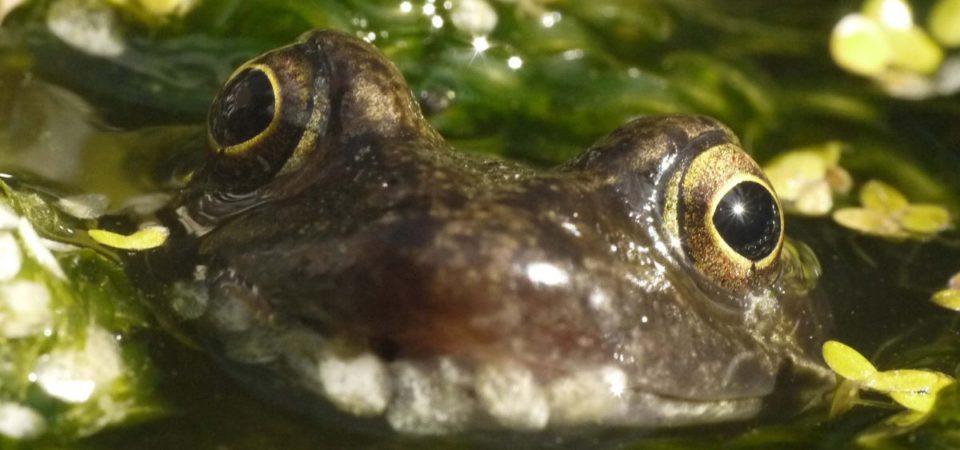Even during the lockdowns in the UK during the Covid-19 pandemic, I have been able to make a direct stand against the ecologically destructive trends of modern society. The way that I have done that (or one way, I should say, as there have been others) is to continue to offer a haven for local nature in the scrap of land that is my suburban back garden.
The garden’s size, as honored in the title of a book that I have just had published on my endeavors, is a mere thirteen paces by four. But this backyard abounds in life. This has not taken any great labor on my part. Other than the digging of a small pond about a decade ago, the efforts have been more about what I have not done than what I have. So, there have been no toxic substances put down, for instance, and there had been no aggressive regime of weeding.
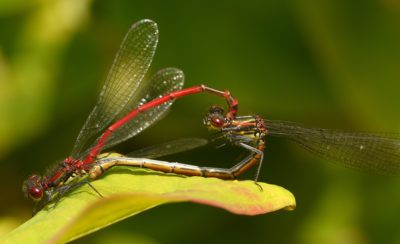
As I am only too happy to recount in the book, which is called Thirteen Paces by Four: Backyard Biophilia and the Emerging Earth Ethic, the creative talent has not been mine but rather that of the many majestic creatures – from minuscule mites to urban foxes – who have made the garden their home, or least a part of their home range. My job has been to listen to what these creatures are telling me and to gently respond to their needs.
I am also eager to argue that gardening for wildlife is not a trivial issue. In Britain, it is estimated that taken in sum, residential gardens cover an area equivalent to that of the Cairngorms, the UK’s largest national park. With ever-more houses being built, the importance of garden habitats for wildlife in Britain, and many other parts of the world, is only going to grow.
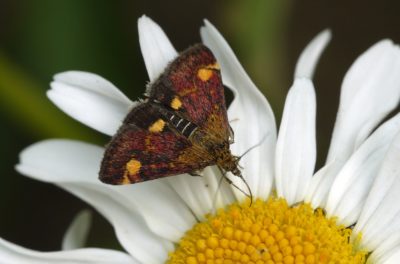
Furthermore, gardening for wildlife confronts the still-mainstream culture of tidiness-to-the-point-of-death that begins with the societal ideal for an over-managed front lawn and extends into the toxic monocultures of the wider landscape.
In laying down this challenge, it can lead to controversy. In his book Weeds: The Story of Outlaw Plants, Richard Mabey relays the tale of a Thoreau scholar and dissident land-owner in Buffalo, NY, who outraged his neighbors, and incurred a heavy fine, by turning his front lawn into a wildflower meadow. There are other similar stories in the US. Turning to the situation across the pond: “The lawn in England may not be the badge of social conformity that it is in the United States,” Mabey notes, “but it does generate its own intrinsic standards,” where wild-flowers are seen as unwanted weeds.
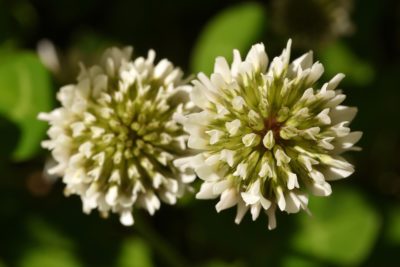
There is a parallel obstacle to life in some habitats in Britain at present, which is the snowballing tendency to replace lawns with plastic simulacra and to pave driveways over the top of rich soil. Thus, it is more significant than ever to trumpet the importance of garden habitat in fighting back against the ongoing collapse of biodiversity and to celebrate and communicate the joy that can be gained in sharing one’s backyard with such beautiful fellow creatures, from showy butterflies to plain, shy millipedes.
It has been a delight to have the opportunity to tell the tales of the cohabiters of the tiny corner of the Earth that is called ‘my back garden’. If I have done them any justice, it will be seen that theirs are stories just as fascinating as those presented on the high-definition nature documentaries being streamed into households via fiber-optic cables.
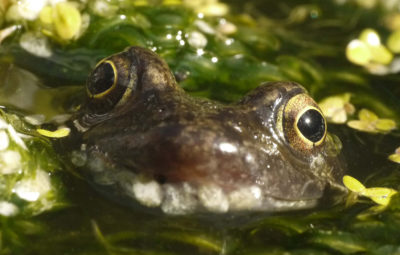
Their stories have also led me to consider broader ecological issues, and so, in writing a book that started out about my garden, I found the narrative extending its fingers into such issues as eco-psychology, ecological ethics, water conservation, sustainable agriculture, and the history of the land. The expansion of my mental horizons is just one more reason for me to recommend the practice of gardening for wildlife, both during lockdowns and at more normal times.
Joe Gray is the Chair of GENIE (the Global Ecocentric Network for Implementing Ecodemocracy (GENIE) and a co-founder of The Ecological Citizen, which is a peer-reviewed ecocentric journal. He also runs and writes fiction for Impudent Raven Publishing. His personal website can be found at deepgreen.earth.
About Thirteen Paces by Four: Backyard Biophilia and the Emerging Earth Ethic
Thirteen Paces by Four was published on 28 January 2021 by Dixi Books, a small independent publisher in the UK.
100% of the royalties from the book are being donated to the World Land Trust. It can be purchased online here: https://www.bookdepository.com/Thirteen-Paces-by-Four-Joe-Gray/9781913680060
The MAHB Blog is a venture of the Millennium Alliance for Humanity and the Biosphere. Questions should be directed to joan@mahbonline.org
The views and opinions expressed through the MAHB Website are those of the contributing authors and do not necessarily reflect an official position of the MAHB. The MAHB aims to share a range of perspectives and welcomes the discussions that they prompt.
